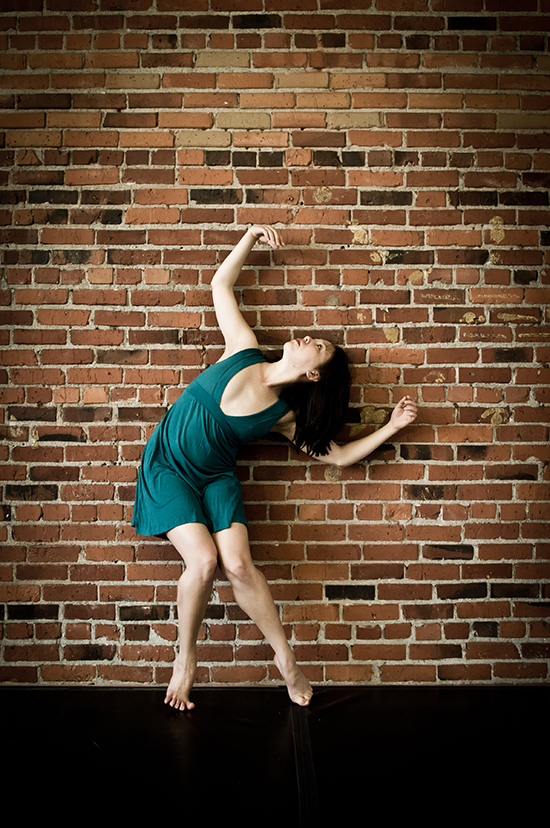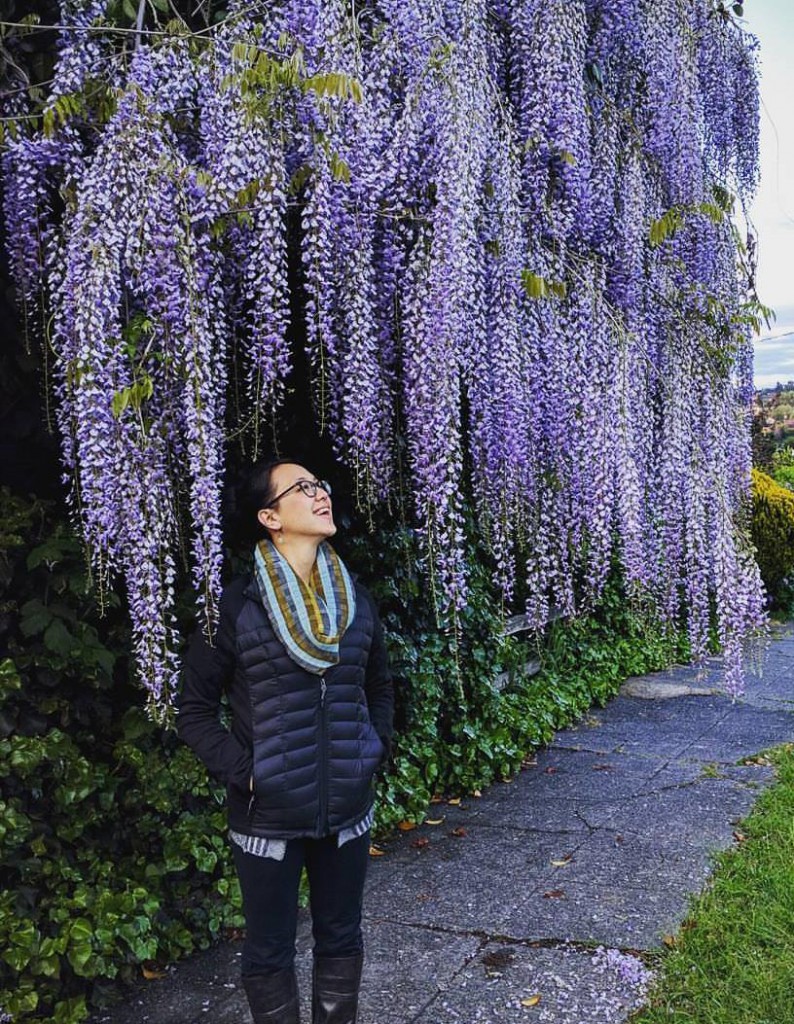When Dance Stops Being A Detour
Editorial Note: Each August for the past four years, I’ve asked dance artists at different points in their careers what “making it” means to them. Please join us this month in looking at what “making it” means as a dancer, artist and human.
BY MARIKO NAGASHIMA
I never thought I’d be a dancer. When I was younger, being a dancer meant being a ballerina in a company, an idea that felt out of the question since I knew I didn’t have a ballerina body type or the necessary facility. It all seemed so black and white: either you were in a company and therefore a “real” dancer, or you weren’t, and therefore not a dancer. I could see no middle ground. While I was consistently encouraged to dance, I always had the sense that truly pursuing dance as more than a hobby was impractical and unrealistic. Most parents (mine included) want their children to one day be financially self-sufficient and, unfortunately, careers in the arts world are rarely equated with financial stability. So even though it was never stated explicitly, I internalized a need to find a pragmatic path for my life. Being a dancer is not practical, nor is it financially stable, so I essentially ruled it out.
Applying to colleges sent me into a mini-existential crisis. Wasn’t college the time when you figured out what you were going to do with your life, and studied that? I wasn’t going to be a dancer, so why would I study dance in college? And even if I did dance in college, all I really wanted to do was ballet; was there even such a thing as a major in ballet? As it turns out, there is and, after being accepted into the program at the University of Utah, it’s what I chose to major in. But studying dance still felt frivolous; I would need to study something else as well. Biology was my favorite academic subject, so it seemed like a natural choice for a second major. Science was certainly practical, and full of viable career options. In fact, it was the exact opposite of a ballet major. I had a plan: college would allow me four more years to let dance get out of my system, and then I’d get serious and settle into a real, legitimate, scientific career.
Plans change. Double majoring in two fields that have little in common besides their place in the alphabet was a challenge, yet I couldn’t fathom giving up either of them. While I loved being able to dance every day, I only felt validated studying ballet because I also had a more serious major. I felt like I needed to study science so I would be prepared for my realistic future life, but dance was what I really cared about. Not just the physical practice of it, either: dance history and pedagogy fascinated me, and I came to love writing about dance as well. I covered dance events for the school newspaper and was so interested in dance criticism that it became the topic of my senior thesis. My final year sent me into another panic. The conservatory-like environment of my ballet major left me feeling like a performing career was even more improbable, and my nascent interest in dance writing also felt like a dead end. I knew dance criticism was not going to provide much in the way of career opportunities. A life in dance, and an actual secure, adult life still felt like parallel worlds that could never intersect.
Photo by CPRowe Photography
I was still convinced I would have a career in science, but I decided to give dance one final go and auditioned for a few small contemporary companies. I was fortunate to be offered a modestly paid apprenticeship with a company in Seattle. It seemed too good to be true. I could experience dancing outside of college for a year and then I would buckle down, apply to grad school, and get back to that practical life I had detoured from.
That plan changed too. Once in Seattle, I started teaching ballet at a studio with an incredible community of students and teachers. As a way to see more performances, I began writing reviews for a local dance website. The company I was dancing for wasn’t the right fit for me, but I eventually made other connections and started performing with a few different choreographers. I got a restaurant job to help pay the bills. It wasn’t until the dust had settled from all these new developments that I took a step back and realized I was living a life centered on dance, and that I had no desire to abandon it and pursue a career in science. Somehow, the wires had crossed and my real adult life had merged with a life in dance. I finally gave myself permission to think of dance as being the real life thing I could pursue because the definition of a career in dance no longer looked like just a ballerina in a company. It was multi-faceted, allowing me to engage with the art form on multiple levels through writing, teaching and performing.
Now, six years later, I have spent the last five years as the editor of SeattleDances and helped build it into a community resource and hub for dance writing in Seattle. My role as editor allowed me to see hundreds of performances, to engage critically and intellectually with dance, and to support the local community of which I am a part. I’ve also fallen in love with teaching dance and sharing my knowledge and passion for ballet with my students. Coming up with new ways to make the rigors of technique accessible and fun is an endlessly enjoyable challenge. I’ve deepened my physical practice, too, by continuing to take classes and performing with several different companies. Dance is a vast art form, and finding the many intersections between writing, performing and teaching has been fulfilling in its own right. It’s not all glamorous; it’s still an unfortunate truth there’s little money in dance performance and even less in dance writing. I still have that restaurant job, but it gives me both the flexibility and financial stability to continue a career in dance.
My life and work are structured around dance in a way I didn’t know was possible until I actually did it. For me, it’s really not about “making it;” it’s simply about “doing it.” “Making it” is about the destination, “doing it” is about the journey. In some ways, I don’t think I’ll ever “make it” because that implies a finish line. I’ve discovered that my journey with dance is ongoing and dance will never get out of my system. Dance is my system. It’s where I learn the most, where I find creativity, where I push myself. Since I hardly thought it was possible to pursue dance beyond high school, let alone professionally, to me, success in the dance world is simply being in the dance world. Every step of the way I made a conscious choice to keep dance in my life. This choice has required a lot of work both inside and out of the dance field, but it’s a choice that has brought me immense fulfillment. By gradually broadening my perspective on what a dance career looks like, I have been able to continue learning from and about this beautiful, complex art form. Growing up, I couldn’t imagine what a life in dance would look like. Now, to my surprise and delight, I can’t imagine a life without it.
~~
Mariko Nagashima is a dance writer, performer, teacher and general enthusiast of the art form. She grew up in Spokane, WA where she received her early dance training at Sandra Olgard’s Studio of Dance. She earned a BFA in ballet and BS in biology from the University of Utah, and subsequently moved to Seattle in 2010. Mariko currently performs with Coriolis Dance and Alana O Rogers Dance Company, and teaches ballet at All That Dance. Mariko was the editor of SeattleDances from 2010 to 2016, and continues to be a contributing writer.



One Response to “When Dance Stops Being A Detour”
There you are! So glad to see this.
Comments are closed.